|
We produced yttria-stabilized platinum nanoparticles (Pt3YOy) using a microwave assisted synthesis process for ORR. The robustness of PtxYOy is shown experimentally and through theoretical arguments demonstrating that surface yttria acts as an stabilizing agent and promoter of highly active ORR sites on the remaining Pt surface, surpassing even the Pt3Y alloy configuration. Robin Sandström, Eduardo Gracia-Espino, Guangzhi Hu, Andrey Shchukarev, Jingyuan Ma, Thomas Wågberg. Nano Energy 46 (2018) 141-149 DOI:10.1016/j.nanoen.2018.01.038 AbstractThe enhancement of platinum (Pt) based catalysts for the oxygen reduction reaction (ORR) by addition of rare earth metals represents a promising strategy to achieve high activity yet low content of the precious metal and concurrently addresses stability issues experienced by traditional late transition metal doping. Improvement in Pt utilization is essential for vehicular applications where material cost and abundancy is a great concern. Here we report a fast and efficient production route of yttria-stabilized platinum nanoparticles (PtxYOy) using a conventional household microwave oven. ORR performance showed a significant improvement and an optimum activity at a 3:1 Pt:Y ratio outperforming that of commercial Pt-Vulcan with a doubled specific activity. Incorporation of Y is evidenced by extended X-ray absorption fine structure and energy dispersive X-ray analysis, while significant amounts of integrated Y2O3 species are detected by X-ray photoelectron spectroscopy. Density functional theory calculations suggest surface migration and oxidation of Y, forming stable superficial yttrium oxide species with low negative enthalpies of formation. The robustness of PtxYOy is shown experimentally and through theoretical arguments demonstrating that surface yttria acts as an stabilizing agent and promoter of highly active ORR sites on the remaining Pt surface, surpassing even the Pt3Y alloy configuration.
0 Comments
Your comment will be posted after it is approved.
Leave a Reply. |
Nano for Energy group
Categories
All
Featured publications
Comprehensive Study of an Earth-Abundant Bifunctional 3D Electrode for Efficient Water Electrolysis in Alkaline Medium.
ACS Appl. Mater. Interfaces, 2015, 7, 28148 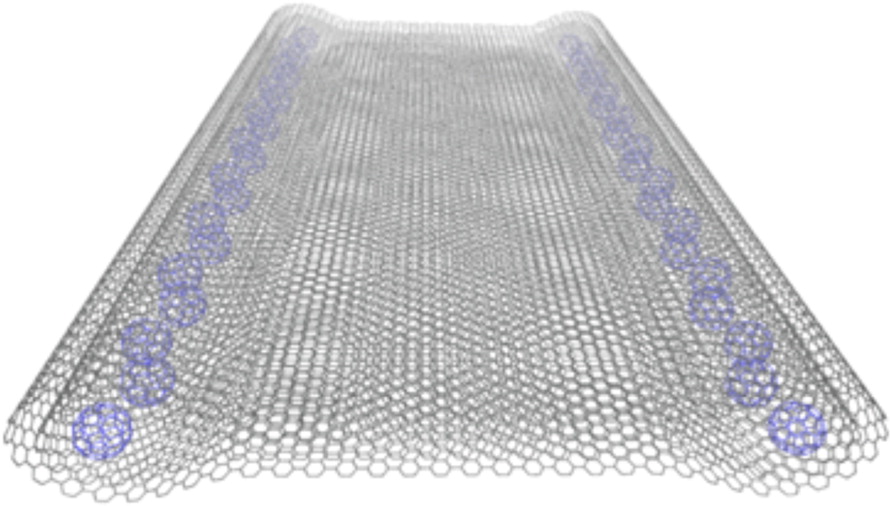
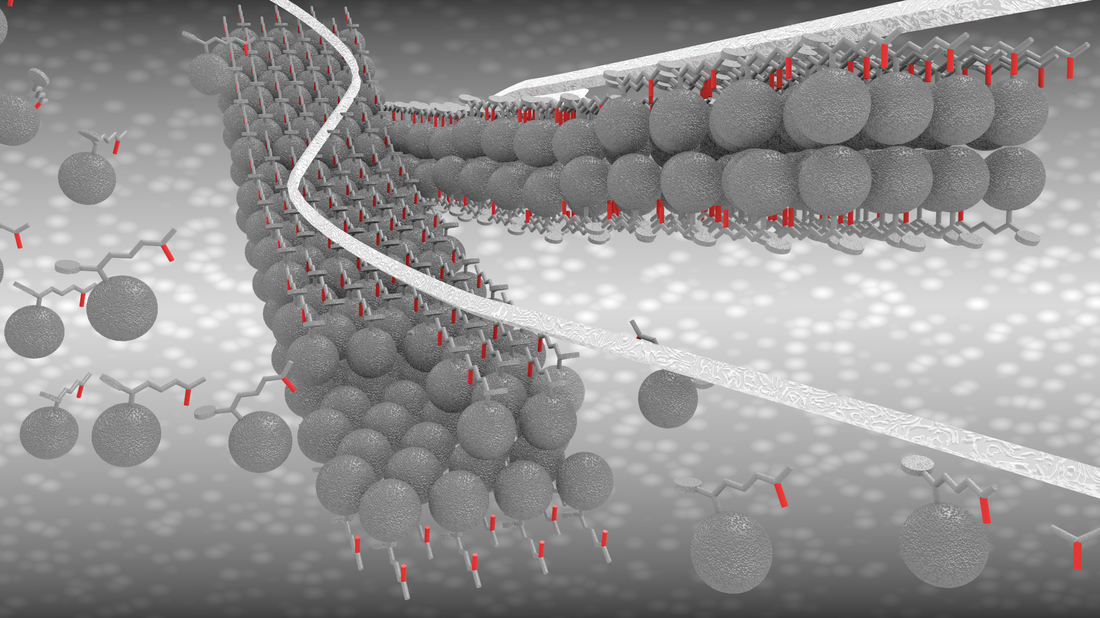
Fabrication of One-Dimensional Zigzag [6,6]-Phenyl-C61-Butyric Acid Methyl Ester Nanoribbons from Two-Dimensional Nanosheets.
ACS Nano, 2015, 9, 10516 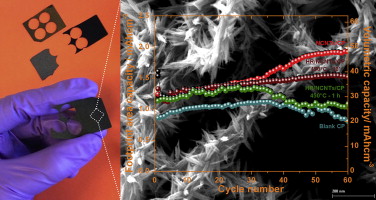
Hierarchical self-assembled structures based on nitrogen-doped carbon nanotubes as advanced negative electrodes for Li-ion batteries and 3D microbatteries.
J. P. Sources, 2015, 279, 581 .Self-Assembly Synthesis of Decorated Nitrogen-Doped Carbon Nanotubes with ZnO Nanoparticles: Anchoring Mechanism and the Effects of Sulfur.
J. Phys. Chem. C, 120, 27849 (2016) Sn/Be Sequentially co-doped Hematite Photoanodes for Enhanced Photoelectrochemical Water Oxidation: Effect of Be2+ as co-dopant.
Sci Rep. 2016; 6: 23183. Atomistic understanding of the origin of high oxygen reduction electrocatalytic activity of cuboctahedral Pt3Co–Pt core–shell nanoparticles.
Catal. Sci. Technol., 2016, 6, 1393-1401 Photocatalytic reduction of CO2 with H2O over modified TiO2 nanofibers: Understanding the reduction pathway.
Nano Res. (2016) 9: 1956. |

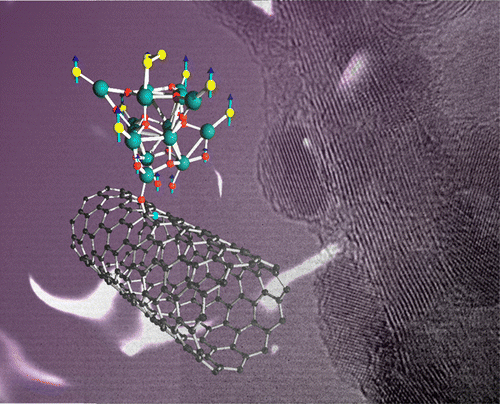
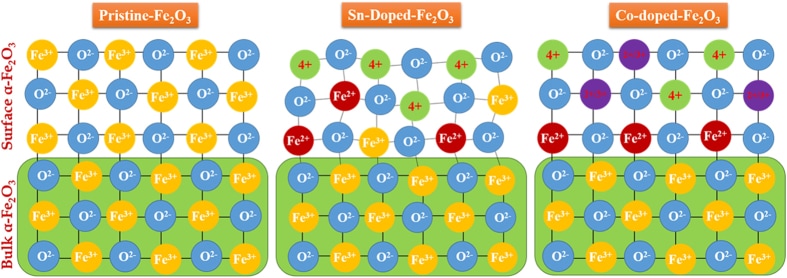
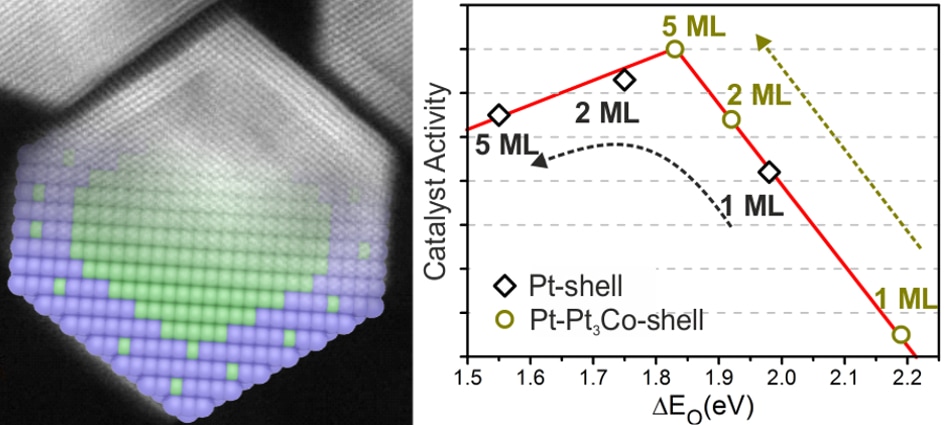
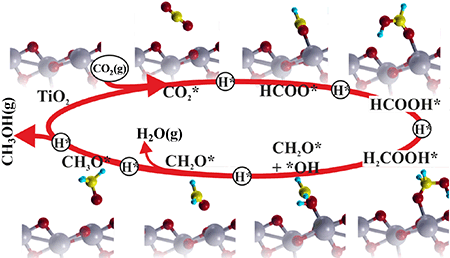
 RSS Feed
RSS Feed